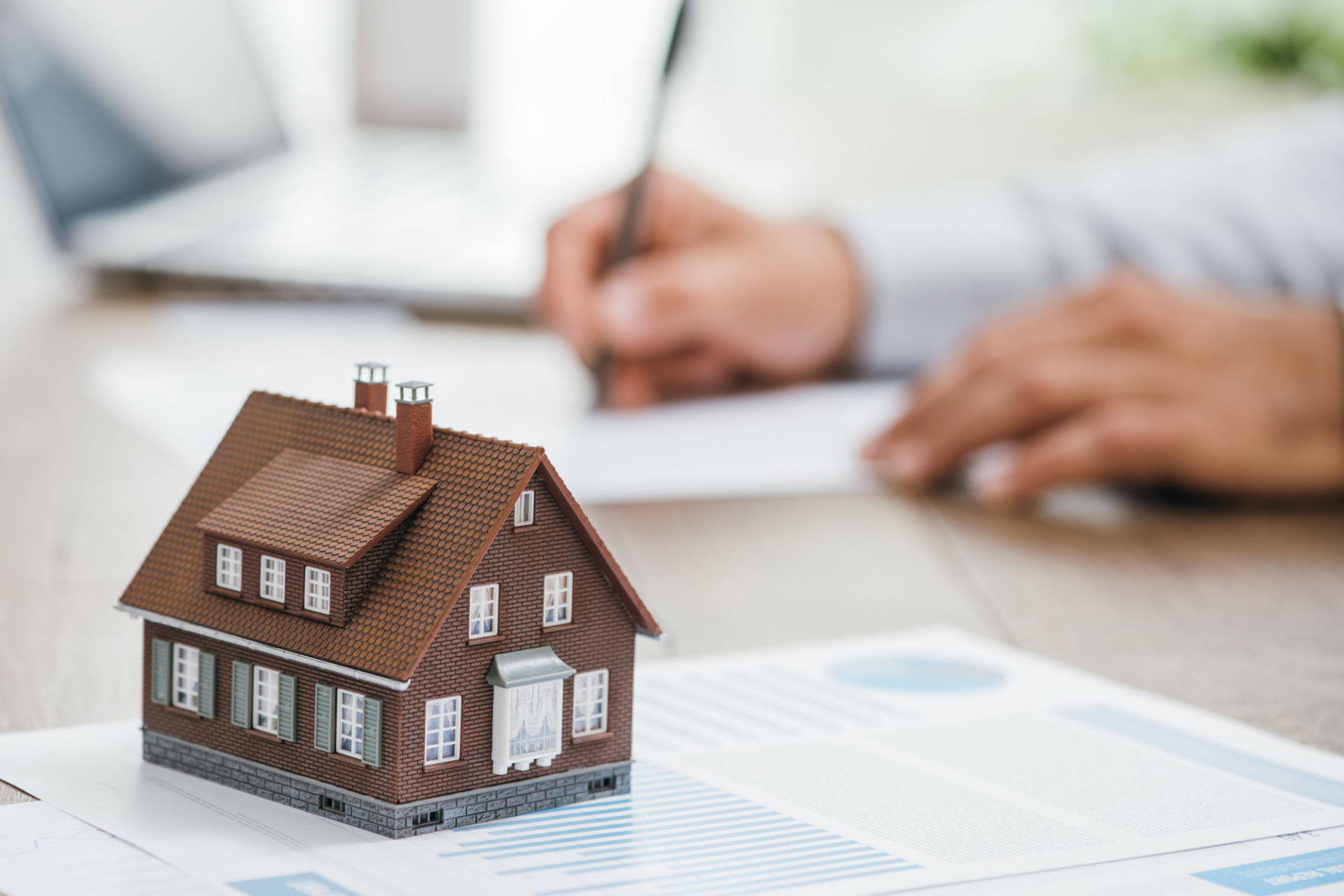Mastering Real Estate Photography with Your iPhone: Proven Steps for High-Impact Listings
Introduction: Why iPhone Photography Works for Real Estate
In today’s fast-moving real estate market, compelling property images are crucial for attracting interest and generating leads. Thanks to advances in smartphone camera technology, your iPhone can produce professional-quality real estate photos without the need for expensive equipment. Whether you’re a real estate agent, property owner, or aspiring photographer, following a set of proven steps can help you showcase any property in its best light and drive better listing performance.
1. Preparation: Staging and Decluttering for Maximum Appeal
Every successful real estate shoot begins with thoughtful preparation. Before taking any photos, stage the property by removing clutter, personal items, and anything that distracts from the home’s features. Key areas like living rooms, kitchens, and bedrooms should appear clean, neutral, and inviting. Consider minor touches such as fresh flowers or strategically placed décor to create a welcoming environment. Effective staging allows potential buyers to imagine themselves living in the space, which is proven to increase engagement and leads [1] [4] .
For rental units or vacant homes, simple virtual staging services may be available through reputable real estate photography companies. Alternatively, you can find local staging professionals by searching for “home staging services” in your area or contacting your real estate agent for referrals.
2. Lighting: Leveraging Natural and Artificial Light
Natural light is your best ally for real estate photography. Open all curtains and blinds to allow sunlight to flood the rooms, which helps reveal true colors and adds depth to your images. Aim to shoot during the day, preferably in the late morning or early afternoon, but avoid harsh midday sun that can create deep shadows. The “golden hour” near sunset imparts a warm, inviting glow-ideal for exterior shots and rooms with west-facing windows [1] .
If natural light isn’t sufficient, use the iPhone’s HDR (High Dynamic Range) mode to balance shadows and highlights. For low-light conditions, many iPhones offer Night Mode, which can brighten interiors without introducing excessive noise. Be sure to turn off overhead lights that produce color casts or reflections, and consider bringing in portable LED lights if necessary.
3. Mastering iPhone Camera Settings for Real Estate
Understanding your iPhone’s camera features is vital for professional-looking results. Here’s how to maximize quality:
- HDR Mode : Use it for rooms with mixed lighting or bright windows to merge multiple exposures into one balanced photo [2] .
- Grid Function : Enable the grid in Settings > Camera > Grid to apply the rule of thirds, making it easier to compose balanced, visually appealing shots [4] .
- Wide Angle Lens : Recent iPhones feature ultra-wide lenses perfect for capturing entire rooms, making spaces feel larger and more open.
- Leveling Tools : Use the built-in leveling indicator to keep lines straight and avoid distorted perspectives [3] .
- Turn Off Flash : Whenever possible, rely on natural or ambient light for more flattering, realistic results.
Spend time practicing these settings in different rooms before your official shoot. This hands-on approach will help you identify the best angles and lighting for each area.
4. Composition: Framing and Angles That Sell
The way you compose your shots can make a dramatic difference in how a property is perceived. For real estate photos:
- Shoot in landscape (horizontal) mode for consistency across listing sites and marketing materials [2] .
- Keep the camera low and level -ideally at about chest or belly height-to create a natural, inviting perspective [3] .
- Use the rule of thirds to position key elements (doors, windows, furniture) for balanced images.
- Showcase entire rooms with wide shots, but also include detail shots of interesting features like fireplaces, built-ins, or custom finishes.
Consider walking through the space beforehand to plan the best vantage points. Take multiple shots from different angles for each room; this ensures you’ll have plenty of options when selecting images for your listing [3] .
5. Stability and Accessories: Tools for Sharper Images
Even the steadiest hand can introduce blur, especially in low light. For sharp, professional-looking images, consider these tools:
- Tripod : An affordable smartphone tripod helps maintain level, steady shots and is especially useful for HDR or Night Mode photography [4] .
- Self-Timer : Use the camera’s timer to avoid movement when pressing the shutter.
- External Lenses : Clip-on wide-angle or fisheye lenses can help capture tight spaces, but use sparingly to avoid distortion.
- Portable Battery Charger : Essential for long shoots to avoid missing key moments due to low battery [2] .
Tripods and accessories are widely available from electronics retailers or online marketplaces. For added stability in video tours, consider mobile gimbals, which are popular among real estate content creators [5] .

Source: digestcity.com
6. Editing and Post-Processing: Making Every Image Shine
After capturing your photos, use built-in iPhone editing tools or trusted third-party apps to enhance your images. Adjustments like cropping, straightening, brightness, and contrast can vastly improve the final product. Avoid over-editing-aim for clarity and true-to-life colors.
Popular editing apps include Adobe Lightroom, Snapseed, and VSCO, which offer advanced controls and presets tailored for real estate photography. Many professionals also use virtual twilight or sky replacement techniques to create more appealing exteriors, but be mindful of ethical guidelines and disclosure requirements in your market.
If you require professional retouching or virtual staging, reputable real estate photography companies provide these services for a fee. To find options, search for “real estate photo editing services” or consult your local real estate association for recommendations.
7. Advanced Tips and Troubleshooting
For challenging spaces such as small bathrooms or rooms with limited natural light, experiment with additional light sources and wide-angle accessories. If reflections or glare are an issue, adjust your shooting angle or temporarily remove reflective surfaces. Always review images on a larger screen after shooting to catch issues that may not be visible on your phone.
Consider exploring third-party camera apps that offer manual controls, RAW shooting, and advanced stabilization features. These can help you push your iPhone’s capabilities even further, especially on older models [4] .
8. Video Tours: Enhancing Listings with Motion
Short video tours are increasingly popular for online listings and social media. Use your iPhone’s video mode (preferably 4K at 24 or 30 fps) and walk slowly through the property, keeping the camera stable with a gimbal or tripod. Narrate features or add background music for a more engaging experience. For inspiration, real estate content creators on platforms like YouTube and Instagram share step-by-step guides and examples of effective property walkthroughs [5] .

Source: newwestern.com
9. Sharing and Marketing Your Photos
Once edited, upload your images to your preferred real estate listing platforms, ensuring each photo meets site-specific resolution and aspect ratio requirements. For maximum exposure, consider also sharing on social media channels, your brokerage’s website, and local real estate groups. Always keep backup copies for future use or re-listings.
If you’re new to listing your own property, most major real estate platforms provide detailed upload instructions and image guidelines. When in doubt, consult the platform’s help section or contact customer support for step-by-step assistance.
Conclusion: Next Steps to Professional Results
With the right preparation, techniques, and tools, anyone can create impactful real estate photos using just an iPhone. By following these expert-backed steps-from staging and lighting to editing and marketing-you’ll dramatically improve your listings, attract more buyers, and increase your chances of a successful sale.
References
- [1] PhotoUp (2023). How to Take Real Estate Photos With Your iPhone (6 Simple Tips).
- [2] AHRN (2023). How to Take Great Real Estate Photos with an iPhone.
- [3] Styldod (2024). How to Take Real Estate Photos with Your iPhone?
- [4] Fotober (2024). How to Take Real Estate Photos with iPhone? 8 Easy Tips.
- [5] YouTube (2024). Shoot PROFESSIONAL Property Tours Like a Pro with Just an iPhone.



